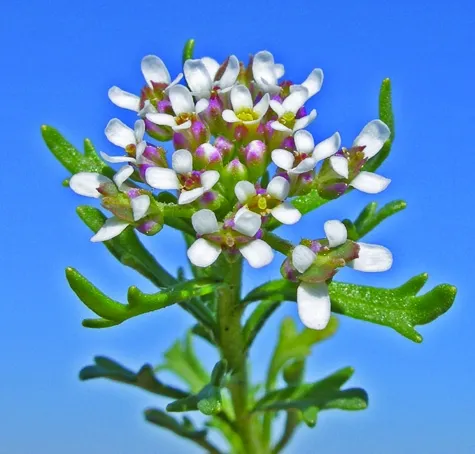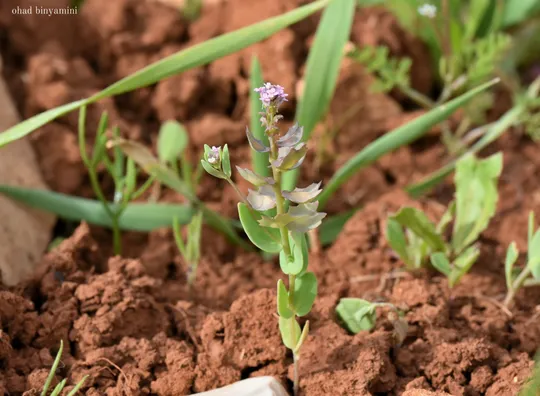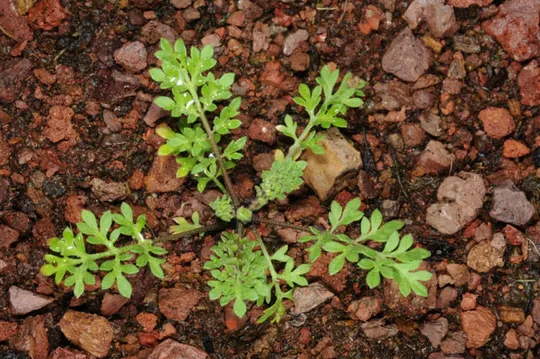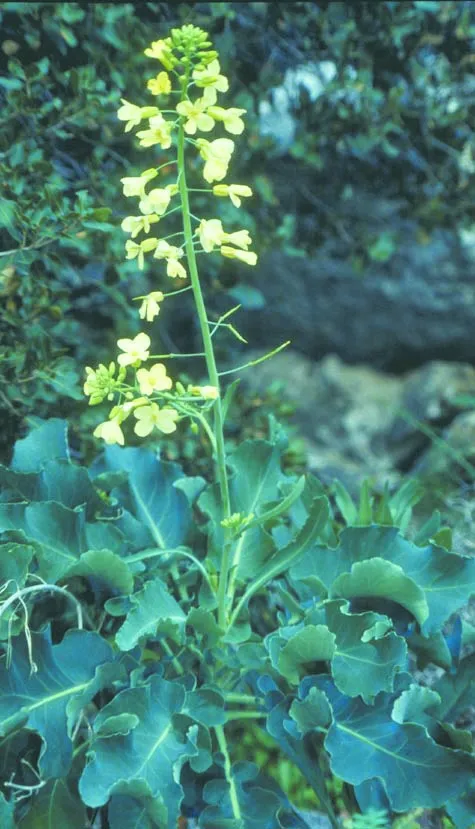Greater Yellowcress, Great Yellowcress
Rorippa amphibia
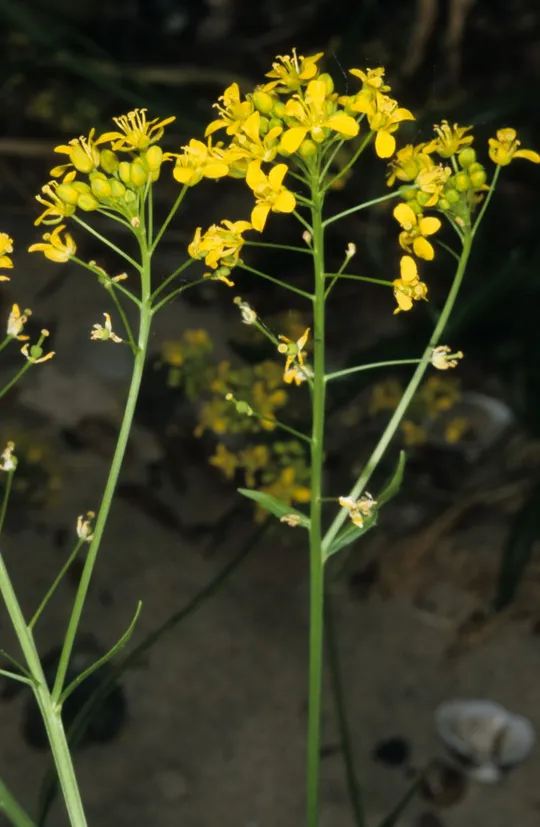
Rorippa amphibia
was collected in Israel only in the Hula Valley, twice from the Hula Lake in
the 1950s. Since the drainage of the Hula it has not been found again.
In the world:
wetlands, marshes, riverbanks and flooded river plains.
The genus Rorippa
is typical of temperate regions in the Northern Hemisphere and has 70-90
species. The genus is close to Nasturtium. Rorippa prostrata,
another species, entered Israel in the late 1980s, by roots attached to bulbs
that were brought from Holland and it grows as a noxious weed in nurseries
(Feinbrun and Danin, 1991). This species is very rare and at this time has not
invaded natural or disturbed habitats.
Rorippa amphibia was extremely rare even
prior to its extinction. The drainage of the Hula Marshes led to its extinction.
It is not threatened in Mediterranean countries except for Algeria, where it
was classified as EN (Endangered), because of the threat of expansion of
agricultural lands, and the exploitation of water sources in the country.
Attempts should be made conduct controlled
reintroduction of Rorippa amphibia in marshy and flooded
areas in the Agamon HaHula, from known sources from countries adjacent to Israel.
Rorippa amphibia is found in all the countries of Europe,
including the British Isles, most of the Mediterranean European countries –
Portugal, Spain, France, Italy, former Yugoslavia, Albania, Greece, and Turkey.
In the Mediterranean islands it grows in Corsica, Sardinia, Sicily and Cyprus.
In the Middle East it is recorded from Iraq, Syria and Lebanon, but there is no
current information on the presence of the species in these countries. In North
Africa it is found only in Algeria, where it is rare. It also appears as an invasive
species in some states in Eastern USA and Canada.
Rorippa amphibia is a perennial herb of marshes
that once grew in the Hula Lake. It is extinct from Israel and was rare even before
the drainage of the Hula. Is not endangered in the countries in its range in
Europe and in the Mediterranean Basin, with the exception of Algeria.
Current Occupancy Map
| 1000 squre meter pixel | 5000 squre meter pixel | 10000 squre meter pixel | |
|---|---|---|---|
| number of observations | 0 | 0 | 0 |
| in total pixels | 0 | 0 | 0 |
| Family | Brassicaceae |
| Classification | On the endangered species list |
| Ecosystem | Mediterranean humid |
| Chorotype | Euro-Siberian (Mediterranean – Irano-Turanian) |
| Conservation Site |
| Rarity |
1
6
6
|
|---|---|
| Vulnerability |
0
4
4
|
| Attractiveness |
0
0
4
|
| Endemism |
0
0
4
|
| Red number |
1
-1.0
10
|
| Peripherality | N |
| IUCN category | DD EW EX LC CR EN VU NT |
| Threat Definition according to the red book | Extinct |
 Based on:
Based on:
